Ford Bets Big On Four Cylinder Mills
With 4-cylinder engines increasing their market share from 40 percent to 53 market share in just 5 years, Ford is forecasting even more growth for these engines in the years to come. The Blue Oval is betting that by 2020, 66 percent of cars will come with a 4-banger.
If Ford’s numbers sound on the high side, that’s because they are. Four-cylinders have become more prevalent in recent years, making their way from compact cars to vehicles as large as the BMW 528i and the Ford Taurus. But for the forseeable future, they won’t be making their way into full-size trucks, which still account for 13 percent of all auto sales, will be sticking with V6 and V8 engines. Larger crossovers and body-on frame SUVs have also retained their V6 and V8 engines, as well as minivans.
Having invested so heavily in 4-cylinder engines, it’s natural that Ford would be so bullish on their future. But the engine downsizing trend also looks here to stay, and with so many boosted 4-cylinder engines replacing V6s in various products, their numbers may not be so unreasonable.
More by Derek Kreindler



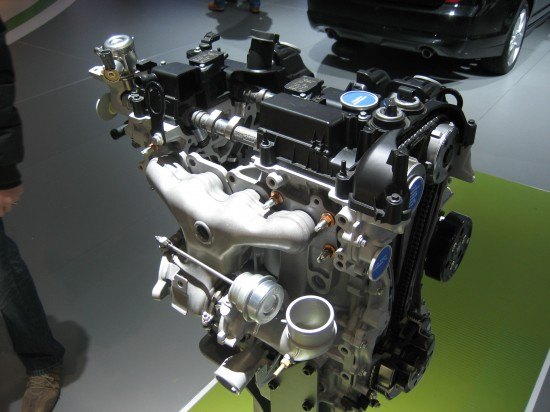















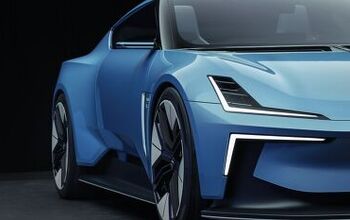
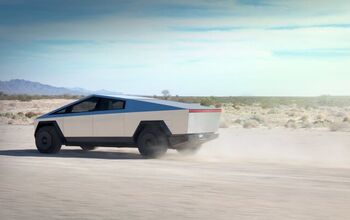
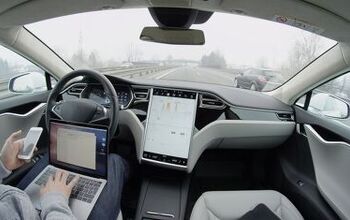
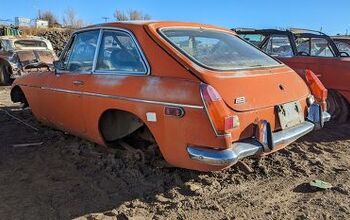
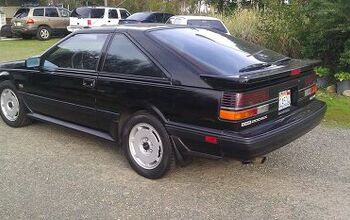
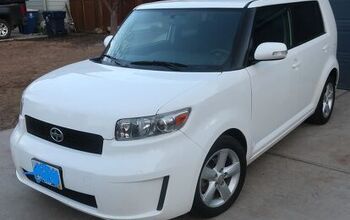
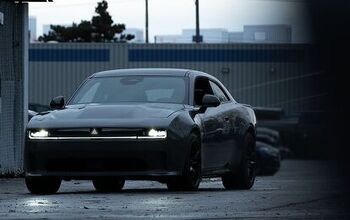
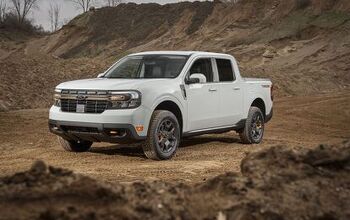
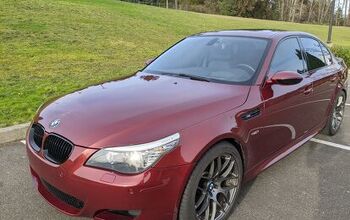
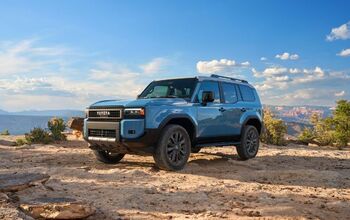
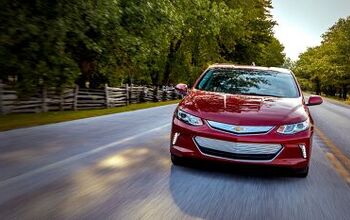

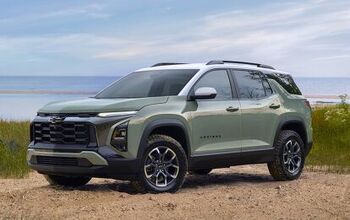
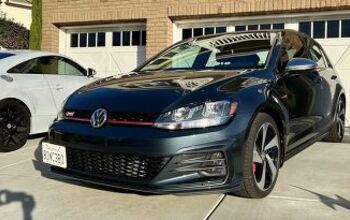
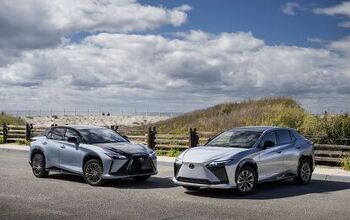
Comments
Join the conversation
We live in an age when 'base' stripper Civics are 3,000 lbs and base Taurus' are 4,000 lbs. ¿Who are we fooling??? No, we need Civics, and the like, with normally aspirated, no drama V6s. And regular V8s, not tuned for 400+ HP in Taurus' and the like. And not with 3.73, drag strip gears either. Guaranteed their MPG would go up substantially. Not to mention their longevity.
The country was literally built and fed off 4cyl. gas & diesel engines in cars, trucks, stationary power plants, boats, tractors, construction & industrial machinery, oh yes, some airplanes. .in an era when a six was a big engine. No reason we shouldn't return to our roots. Sorta like new math. 1, 2, 3, 4......
Why do people feel that bolting a turbo onto a motor makes it into a complex beast? They have been around a long time and are used in some applications where durability and reliability are paramount (18 wheelers). Perhaps the ecoboost motors are not an optimal implementation but there are plenty of good turbos of legendary reliability out there (not just the diesels either) just as there are plenty of V8's that are best utilized in marine applications...as an anchor. I wonder if supercharging may see a comeback? I ran a supercharger on my 1.6 Miata and it was a very different experience from the turbo Miatas I drove.
Except for the vaunted American small-block V8, which is an enduring engineering marvel, I'm not particularly concerned with the number of cylinders. To me, engines are all about the visceral attributes, like sound and feel, and I'm not particularly troubled if a manufacturer wishes to reduce costs and complexity by reducing the cylinder count. I-3s are similar in sound and feel (if properly balanced) to their I-6 cousins. V4 mini-blocks (see: Motus motorcycles) are similar to their small-block V8 cousins. And so on and so forth. At least 1 major manufacturers produces an I-2 for production. Three or four manufacturers build triples, and several still produce I-5s. As long as customers have diverse engine options, all will be well. Once upon a time, the manufacturers had enough pride to develop a vehicle concept, including engine layout, and stick with it b/c they believed it was best. If all manufacturers adopt I-4 toasters, what does that say about the car industry?